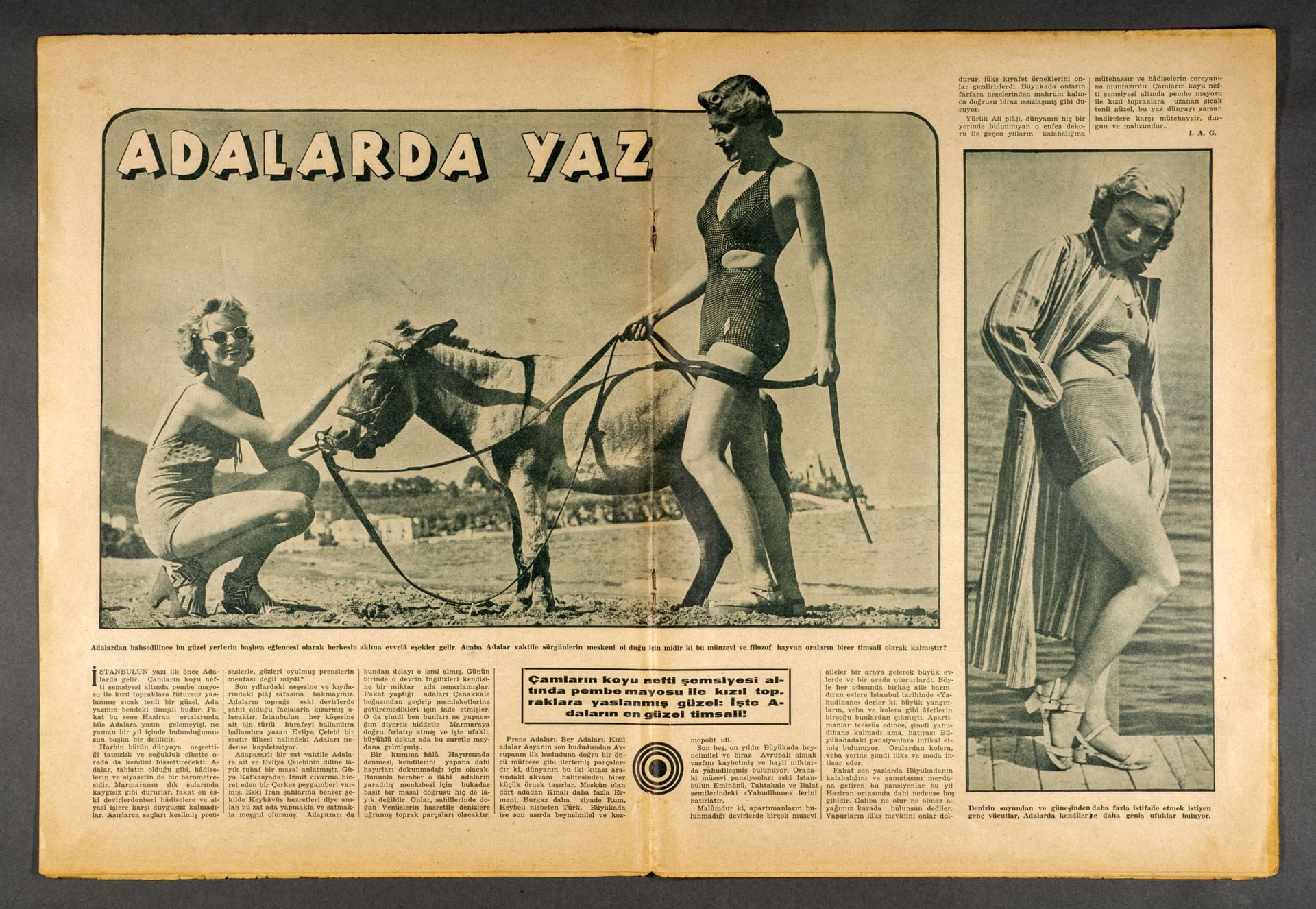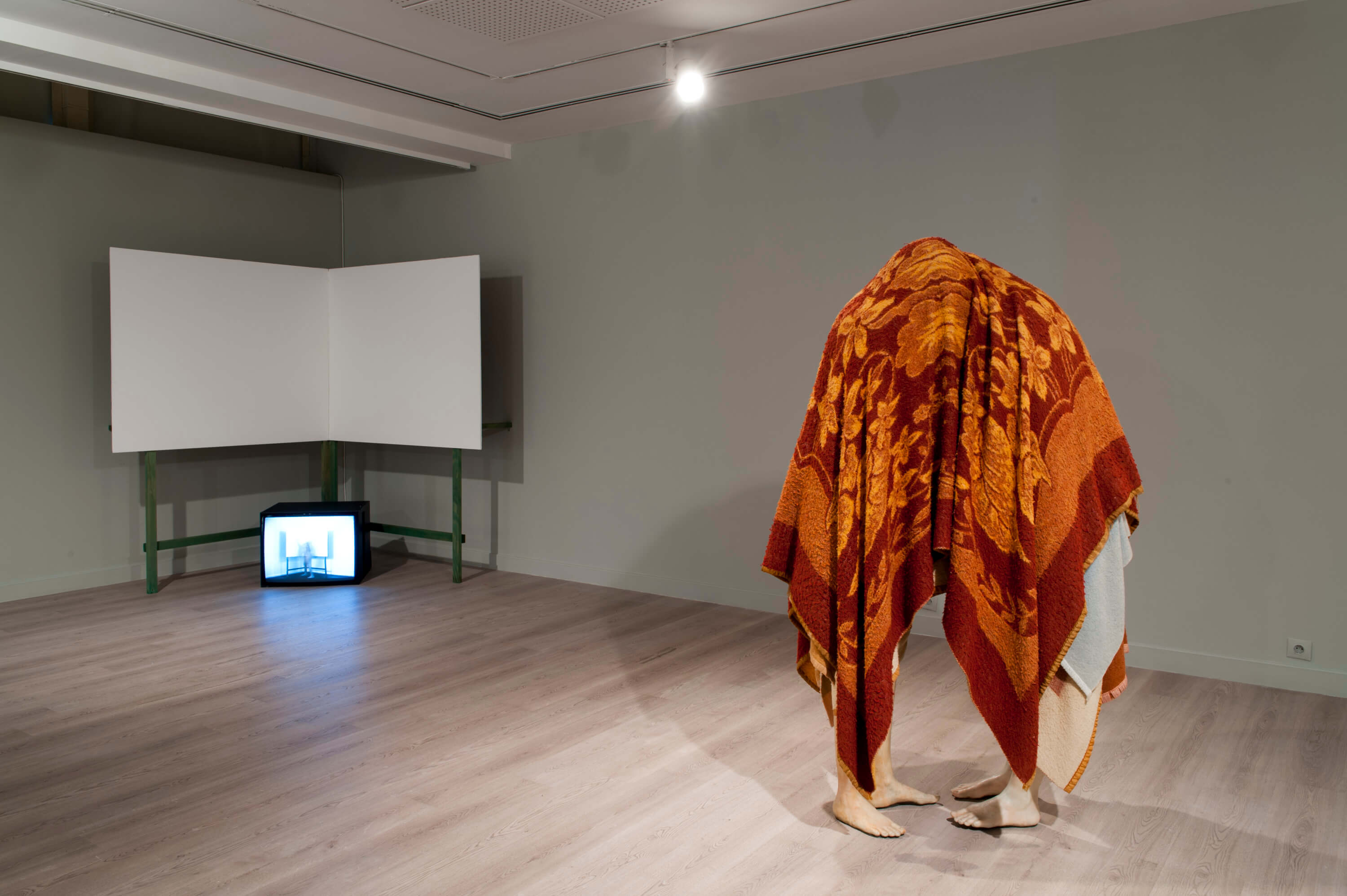Polish cinema until recently generally ignored Middle Eastern and East Asian cultures on the screen. Recent events related to the Middle-Eastern movements have changed this perspective. As part of this program, three different biographical films present a fresh look into the notion of the East. Papusza (2013) is a romantic tragedy of lost rights, lost affection, and alienation of non-conformists by society, whilst at the same time underlining that the real loser remains the community itself, and the significance of this loss to the European social anatomy. Romany poet Bronisława Wajs (1908-1987), known as Papusza, is a Polish legend. Rather than a classical biographical piece, the film exposes the destiny of this talented woman, and her ethnic background in the context of modern history. The black-and-white photography conjures up a poetic and, in places, raw testimony of the regions travelled by the Romanies before the Second World War and immediately after it. The film also treats the decline of their valued traditions, and the physical and moral deprivation they suffered after being forced to abandon their nomadic existence. Although Papusza at various stages of her life remains the focus of the story, it is not until the latter half of the film that fragments are pieced together to form a wholesome picture. Adrian Panek’s Daas (2011) is a biography of Jakub Frank, a Jewish religious leader who claimed to be the reincarnation of the self-proclaimed messiah Sabbatai Zevi and also of the biblical patriarch Jacob. An 18th century mystic, who not only became famous, but also propagated the seeds of doubt in people, from beggars to kings. Daas is a tale of his power, but also of the origins of an unavoidable defeat. The Master (2006), on the other hand, directed by Piotr Trzaskalski is a fictional, even more archetypal biographical film. The film exemplifies influence by Asian spirituality and Eastern religions with reference to Andrei Tarkovsky. The tempo is slow, characters are well developed, and the cinematography is excellent. Commentary by Janusz Wróblewski
This event is organized as part of the 2014 cultural program, celebrating the 600th anniversary of Polish-Turkish diplomatic relations. turkiye.culture.pl

December 5
19:00 Daas
December 6
19:00 Papusza
December 12
19:00 The Master
December 17
19:00 Daas
December 21
14:00 The Master
December 26
19:00 Papusza
December 5
19:00 Daas
December 6
19:00 Papusza
December 12
19:00 The Master
December 17
19:00 Daas
December 21
14:00 The Master
December 26
19:00 Papusza
Program Trailer
Polish cinema until recently generally ignored Middle Eastern and East Asian cultures on the screen. Recent events related to the Middle-Eastern movements have changed this perspective. As part of this program, three different biographical films present a fresh look into the notion of the East.

Istanbul’s Seaside Leisure: Nostalgia from Sea Baths to Beaches exhibition brought together photographs, magazines, comics, objects, and books from various private and institutional collections, and told a nostalgic story while also addressing the change and socialization of the norms of how Istanbulites used their free time. Istanbul’s Seaside Leisure was a documentary testament of the radical transformations in the Republic’s lifestyle.

Pera Museum, in collaboration with Istanbul Foundation for Culture and Arts (İKSV), is one of the main venues for this year’s 15th Istanbul Biennial from 16 September to 12 November 2017. Through the biennial, we will be sharing detailed information about the artists and the artworks.
Tuesday - Saturday 10:00 - 19:00
Friday 10:00 - 22:00
Sunday 12:00 - 18:00
The museum is closed on Mondays.
On Wednesdays, the students can
visit the museum free of admission.
Full ticket: 300 TL
Discounted: 150 TL
Groups: 200 TL (minimum 10 people)